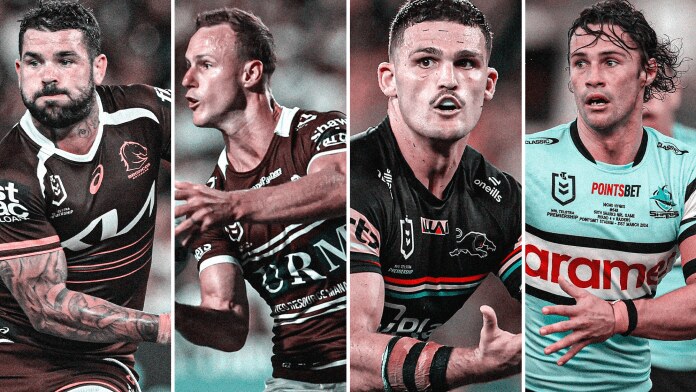
LeagueNews.co | Jess Malloy
In "Good ball" and why not all halves are treated as equals: PART I, the scenario opens with the perspective of an NRL halfback, who enjoys a high salary and visibility in the sport.
As the game starts, the halfback receives the kick-off and immediately passes the ball to a powerful front-rower.
This player makes significant gains with a quick play-the-ball.
Throughout the first set, the halfback mainly directs the play without handling the ball until the last tackle, where he executes a strategic kick to force the opposition to return from deep in their own zone.
The pattern continues for two more sets, with the team gradually improving their field position in a tight battle.
The halfback remains focused on directing traffic rather than being heavily involved in the action.
Each end-of-set kick is executed with a plan, as the coaching staff has identified weaknesses in the opposing team's left wing and fullback's communication under pressure.
By targeting this specific area, the halfback implements a tactical approach to leverage the opposition's vulnerabilities.
The overall narrative illustrates that not all halves are treated equally because their contributions can vary significantly depending on the context and strategic decisions during the game.
The role of the halfback is crucial, yet often understated, as they orchestrate attacks while maintaining field positioning.
